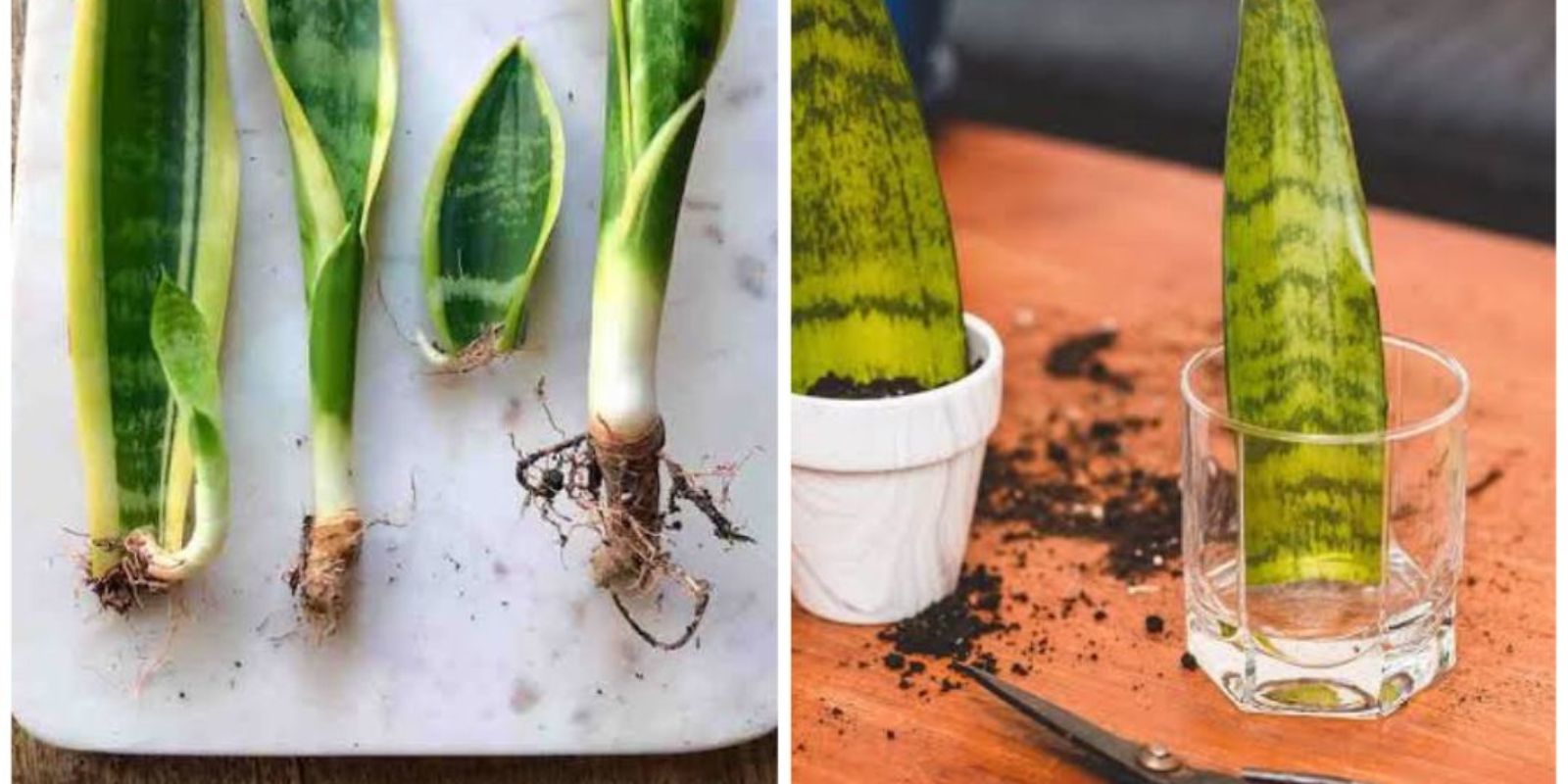Snake plants, also known as Sansevieria or mother-in-law’s tongue, are among the most popular houseplants worldwide. Their unique structure, resilience, and air-purifying abilities make them an excellent choice for beginners and seasoned plant lovers alike. If you’re looking for a plant that requires minimal care yet offers maximum benefits, the snake plant is your answer. This guide will walk you through everything you need to know about growing and caring for this remarkable plant, ensuring it thrives and enhances your indoor environment.
Why Grow Snake Plants?
Snake plants are more than just aesthetically pleasing. They offer a plethora of benefits that make them a must-have for any home or office:
- Air Purification
- Snake plants absorb harmful toxins like formaldehyde, benzene, and carbon dioxide, making the air cleaner and healthier to breathe.
- Low Maintenance
- These plants are hardy and can tolerate neglect, making them ideal for those with busy schedules.
- Stress Reduction
- Studies show that having greenery around helps reduce stress and boosts mental well-being.
- Adaptability
- Snake plants thrive in various conditions, from low light to bright indirect sunlight.
- Unique Appearance
- With their upright, sword-like leaves, snake plants add a modern and elegant touch to any space.
Step-by-Step Guide to Growing Snake Plants
1. Choosing the Right Variety
Snake plants come in a range of shapes, sizes, and colors. Some popular varieties include:
- Sansevieria trifasciata ‘Laurentii’: Known for its green leaves with yellow edges.
- Sansevieria cylindrica: Features cylindrical, spike-like leaves.
- Sansevieria Moonshine: Offers silvery-green leaves with a subtle glow.
Select a variety that complements your home decor and personal taste.
2. Providing the Ideal Light Conditions
Snake plants are incredibly adaptable, but their growth is optimal in bright, indirect sunlight. They can tolerate low light, making them perfect for bedrooms, bathrooms, or offices with minimal natural light. However, placing them in a well-lit area will encourage faster and healthier growth.
3. Watering Your Snake Plant
One of the most common mistakes with snake plants is overwatering. These plants store water in their thick leaves and can easily rot if the soil remains too wet.
- Water sparingly, allowing the soil to dry out completely between waterings.
- During winter, reduce watering to once a month as the plant enters a dormant phase.
- Always use pots with drainage holes to prevent water from pooling at the bottom.
4. Using Well-Draining Soil
The key to preventing root rot is well-draining soil. A cactus or succulent potting mix works perfectly. Alternatively, you can create your own mix by combining regular potting soil with sand or perlite.
5. Fertilizing Occasionally
Snake plants are not heavy feeders, but occasional fertilization can promote lush growth:
- Use a balanced houseplant fertilizer diluted to half strength.
- Fertilize once in spring and again in summer. Avoid fertilizing during the winter months.
6. Propagating Snake Plants
Propagating snake plants is simple and rewarding, allowing you to expand your collection or share plants with friends. The most common methods include:
Leaf Cuttings
- Cut a healthy leaf into 4-5 inch sections.
- Allow the cuttings to dry for 1-2 days to prevent rotting.
- Plant the cuttings in a well-draining potting mix.
Division
- Remove the plant from its pot and divide the root ball into smaller sections, ensuring each section has at least one healthy leaf.
- Replant each section in a separate pot.
7. Enjoy the Benefits
Snake plants not only beautify your home but also improve air quality and create a calming atmosphere. Their low-maintenance nature makes them ideal for beginners or those with little time to care for plants.
Common Issues and How to Solve Them
Despite being easy to care for, snake plants can encounter a few problems:
- Yellowing Leaves
- This often indicates overwatering. Reduce watering frequency and check for proper drainage.
- Brown Tips
- Usually caused by underwatering or low humidity. Ensure consistent watering and avoid placing the plant near heating vents.
- Slow Growth
- If your plant isn’t growing as expected, it might need more light or occasional fertilization.
- Pest Infestations
- Snake plants are relatively pest-resistant, but mealybugs or spider mites can sometimes appear. Wipe the leaves with a damp cloth or apply neem oil to remove pests.
Decorating with Snake Plants
Snake plants are versatile and can fit into any decor style. Here are some creative ways to use them in your home:
- Corners and Hallways: Place tall varieties in sleek pots to fill empty corners.
- Tabletop Decor: Use smaller varieties as centerpieces for tables or shelves.
- Office Spaces: Enhance your workspace with a snake plant for a touch of greenery and cleaner air.
- Bathrooms: Their tolerance for low light makes them perfect for bathrooms with small windows.
FAQs About Snake Plants
1. Can I grow snake plants outdoors?
Yes, snake plants can grow outdoors in warmer climates. Place them in partial shade to prevent sunburn.
2. How often should I repot a snake plant?
Repot every 2-3 years or when the plant outgrows its container.
3. Are snake plants safe for pets?
Snake plants are toxic to cats and dogs if ingested, so keep them out of reach of pets.
Final Thoughts
Snake plants are truly a gardener’s dream. Their adaptability, stunning appearance, and air-purifying properties make them a valuable addition to any indoor space. Whether you’re a beginner or an expert, following these simple steps will ensure your snake plant thrives for years to come.
💡 Ready to grow your own Sansevieria? Share your tips and experiences in the comments below! Let’s create a greener world together!

